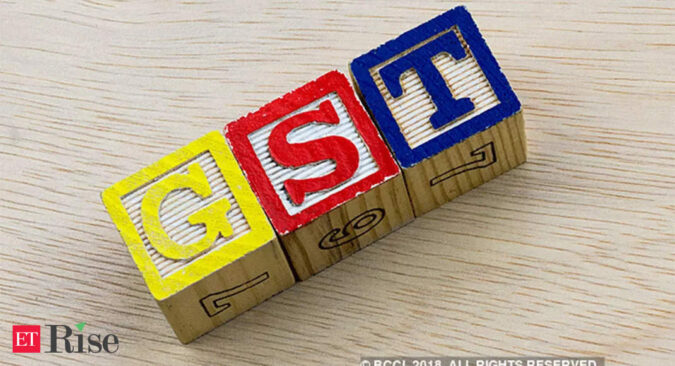In a statement, Sudhir Kapadia, Partner, Tax & Regulatory Services, EY India, said, “Our book is an effort to capture the benefits and challenges of this journey while incorporating critical feedback and recommendations from all key stakeholders. As this reform completes five years, it is time to look ahead, deliberate and decide on necessary changes required to streamline the five-tier tax rate structure, availing of input tax credits, and inclusion of the remaining items in GST.”
The book recommends the policy measures required to reform GST hinging on revenue buoyancy, world-class dispute resolution, institutional strengthening, and enhancing the ease of doing business. In terms of tax simplification measures, there is a need for government intervention on the legislative front and regular notifications needed to avoid litigation. It draws out a discussion of having a dispute resolution system to help in ease of doing business.
It also delves into a sector-wise impact analysis and suggests the inclusion of petroleum products, electricity, and real estate within the ambit of GST to make manufacturing more competitive.
Some key sectoral recommendations:
- For the automobile sector, as battery constitutes approximately 40% of the cost of EVs, it suggests that the GST rate on batteries could be rationalized (with a lower rate of 5% instead of 18%) to make usage of EVs more affordable and commercially viable, thereby boosting its demand as well as supply.
- For the MSMEs, the book suggests making a composition scheme for small businesses more attractive by relaxing conditions to enable them to register under GST. Allowing input tax credit to the extent of output tax payable will make the composition scheme more liberal, facilitate streamlining of tax credits and eliminate tax cascading.
- The rate on mobile handsets and their parts under GST should be aligned with policy impetus to incentivize mobile handset manufacturing in India with an ideal rate of 5% or at best 12%. It is relevant to note the tax rate in the pre-GST era for mobile handsets.
- To remove ambiguity around online skill-based gaming, it inserting a separate service entry titled, Online Skill-Based Games, with a rate of 18% applicable only on the platform fees/fees collected for the services provided by the platform operators and not on the prize pool contribution made by the respective users.
- In the Virtual Digital Assets (VDAs) specifically the cryptocurrency sector, while no taxation has been announced under GST, the book suggests clarity on non-taxability under the current GST law, including futuristic framing of clear laws that are aligned to emerging international best practices, is the need of the hour.
- To facilitate input tax credit availability across all sectors and make Indian manufacturing more competitive
(i) petroleum products, particularly, ATF and natural gas
(ii) electricity
(iii) real estate should be covered within the ambit of GST at the earliest.
While electricity can be taxed at 5% uniformly across the supply chain, petroleum products at 28% and real estate (land and constructed building) at 12% with seamless credit eligibility, will help the country immensely by incentivizing investment and enhancing demand for consumption.
The book also highlights the various disputed areas where an express clarification by the lawmakers will go a long way in settling the matters and eliminating unwarranted litigation. Decriminalizing minor offences and providing forthright clarification on contentious industry (or trade) issues are also needed.
